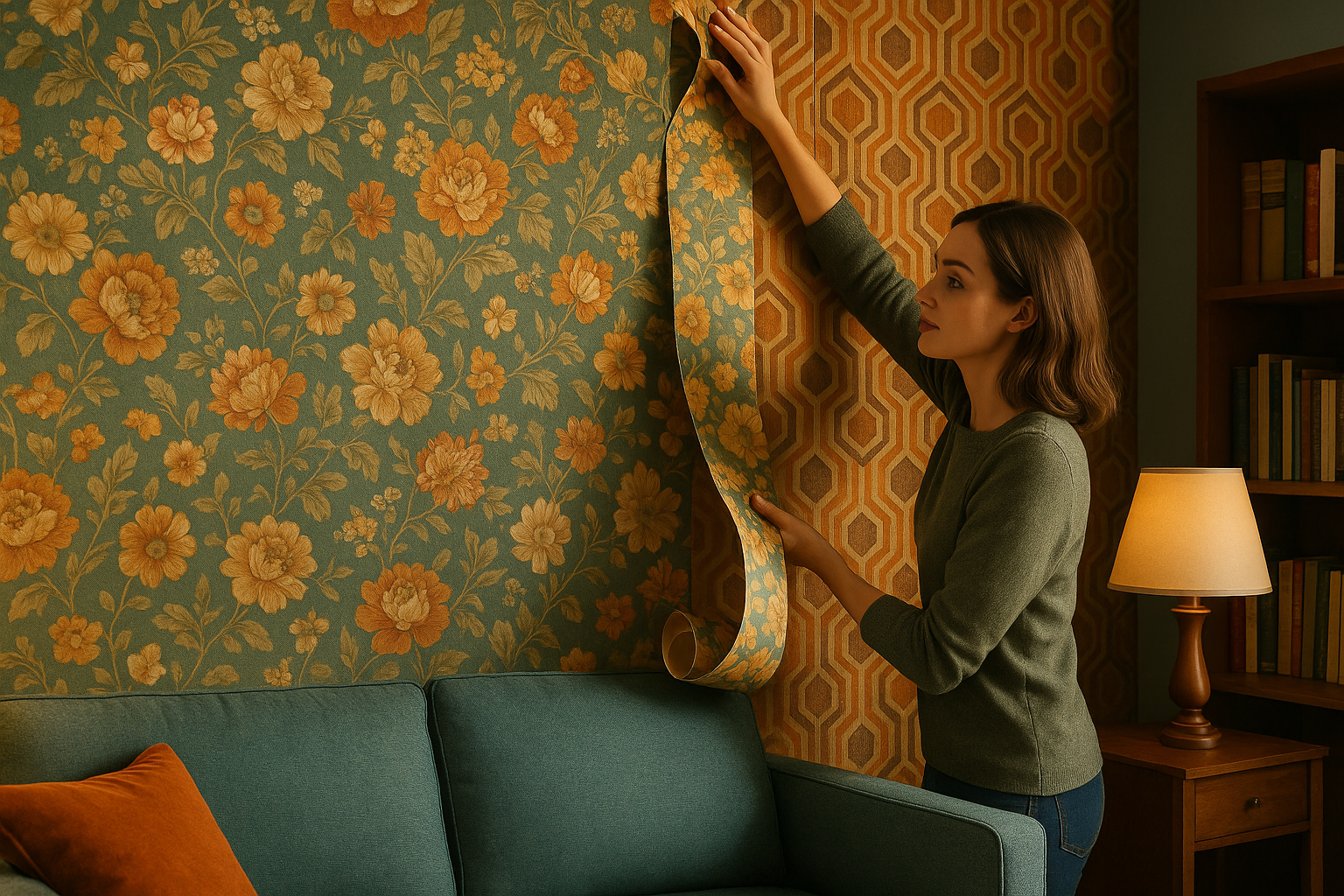Understanding Furniture Types, Care, and Refurbishment Guide
Furniture plays a central role in creating functional and comfortable living spaces. From understanding what qualifies as used furniture to learning proper maintenance techniques, choosing appropriate pieces for different rooms, and exploring creative refurbishment options, this comprehensive guide covers essential aspects of furniture ownership and care.

Understanding Furniture Types, Care, and Refurbishment Guide
Furniture serves as the foundation of every home, providing both functionality and aesthetic appeal. Whether you’re furnishing your first apartment, upgrading existing pieces, or exploring sustainable options through used furniture, understanding the basics of furniture selection, care, and maintenance is essential for creating a comfortable living environment.
What Is Considered Used Furniture
Used furniture encompasses any piece that has been previously owned or utilized, regardless of its condition or age. This category includes items purchased from thrift stores, estate sales, online marketplaces, or inherited pieces passed down through families. The condition of used furniture varies significantly, ranging from gently used items with minimal wear to pieces requiring extensive restoration. Antique furniture, typically defined as items over 100 years old, falls into this category, as does vintage furniture from the mid-20th century. Even furniture returned to retailers after brief use is often classified as used or open-box merchandise.
How to Clean and Maintain Used Furniture Properly
Proper cleaning and maintenance of used furniture begins with identifying the material and finish. Wood furniture requires different care than upholstered pieces or metal frames. For wooden surfaces, start by dusting with a microfiber cloth, then use appropriate wood cleaners or mild soap solutions. Avoid harsh chemicals that can damage finishes. Upholstered furniture benefits from regular vacuuming and spot cleaning with appropriate fabric cleaners. Check for loose joints, wobbly legs, or damaged hardware during cleaning sessions. Apply furniture polish or conditioner to wood pieces monthly to prevent drying and cracking. For metal furniture, use appropriate metal cleaners and check for rust spots that need attention.
Furniture Types Suitable for Different Rooms in a House
Each room in your home serves specific functions, requiring carefully selected furniture pieces. Living rooms typically accommodate sofas, coffee tables, entertainment centers, and accent chairs that promote relaxation and social interaction. Bedrooms require beds, nightstands, dressers, and possibly seating areas for comfort and storage. Dining rooms center around dining tables and chairs, with additional storage through buffets or china cabinets. Kitchen furniture might include breakfast tables, bar stools, and storage solutions. Home offices need desks, ergonomic chairs, and filing systems. Bathrooms benefit from vanities, storage cabinets, and seating when space allows. Consider room size, traffic flow, and intended use when selecting furniture for each space.
Tips for Refurbishing and Upcycling Old Furniture
Refurbishing old furniture offers creative opportunities to personalize pieces while extending their lifespan. Begin by assessing the structural integrity and determining necessary repairs. Sand wooden surfaces to remove old finishes and create smooth bases for new treatments. Consider painting with chalk paint, milk paint, or traditional primers and paints for dramatic transformations. Reupholstering chairs and sofas allows for complete style updates while maintaining quality frames. Replace hardware like handles, knobs, and hinges for instant modernization. Add decorative elements such as stencils, decoupage, or new trim to create unique pieces. Simple techniques like distressing, antiquing, or color washing can achieve professional-looking results. Always work in well-ventilated areas and use appropriate safety equipment when handling chemicals or power tools.
| Furniture Type | Average Cost Range | Refurbishment Potential |
|---|---|---|
| Wooden Dining Table | $50-$300 used | High - sanding and refinishing |
| Upholstered Chair | $25-$150 used | Medium - reupholstering needed |
| Dresser/Chest | $40-$200 used | High - paint and hardware updates |
| Coffee Table | $30-$120 used | High - multiple style options |
| Bookshelf | $20-$100 used | Medium - paint and styling changes |
Prices, rates, or cost estimates mentioned in this article are based on the latest available information but may change over time. Independent research is advised before making financial decisions.
Successful furniture ownership involves understanding these fundamental aspects of selection, care, and creative enhancement. Whether working with new purchases or breathing life into used pieces, proper knowledge ensures your furniture investment serves you well for years to come. Regular maintenance, appropriate cleaning techniques, and thoughtful placement create functional and attractive living spaces that reflect your personal style while meeting practical needs.




